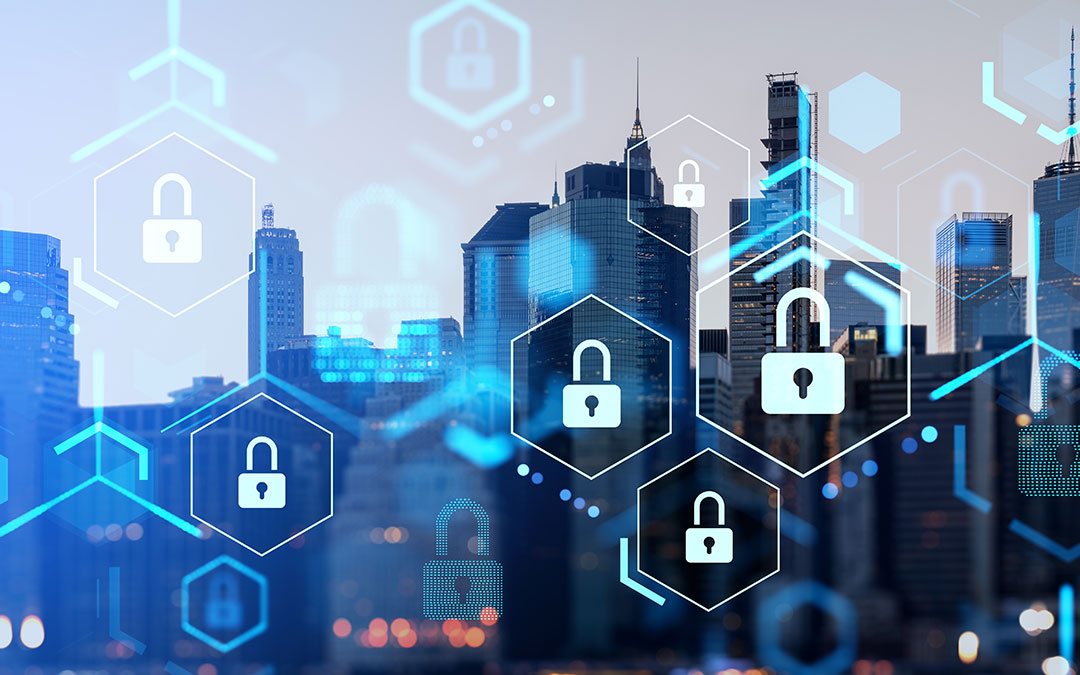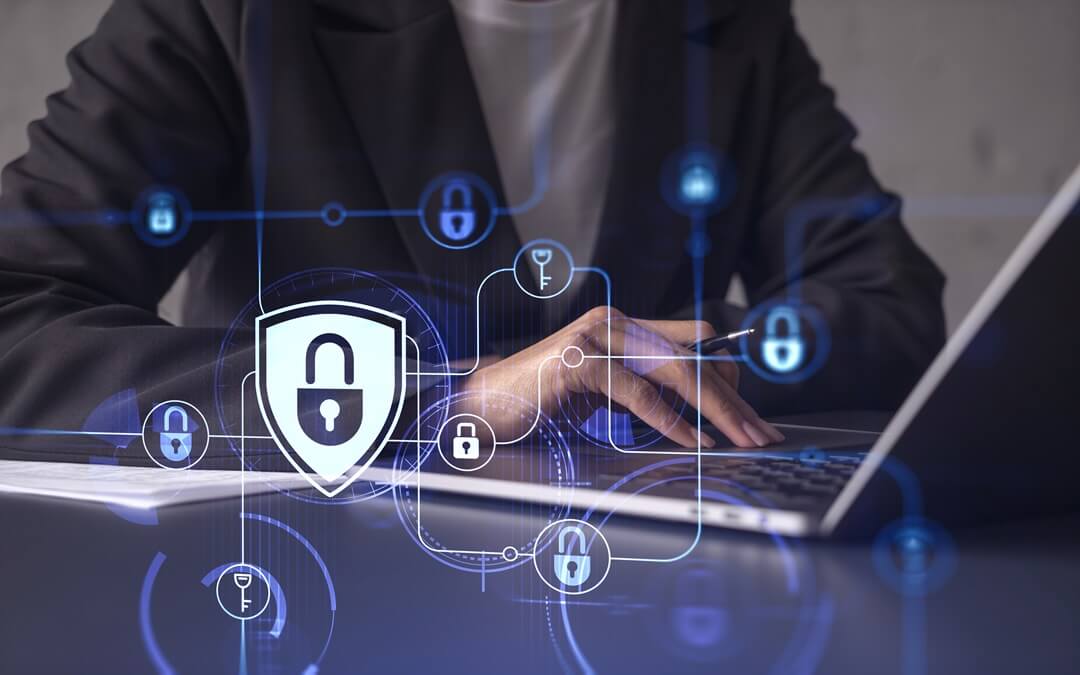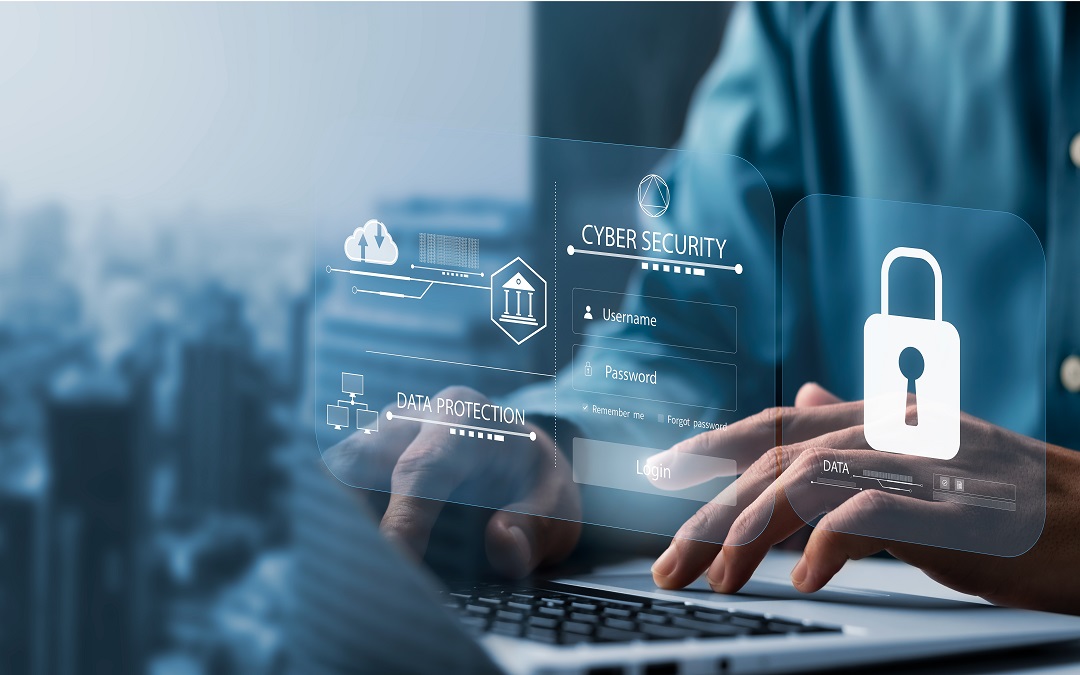- Data Privacy
- Uploaded In: 2022
Data protection is a norm, not a novelty, in a remotely connected world
The impact of the pandemic has led to radical changes in businesses and the way they interact with other businesses, consumers, investors, and most importantly - employees. With offices having been empty for over a year, and organisations under pressure to stay afloat in these strange times, employees had to adapt to new modes of working almost overnight. The most significant enabler of this new reality is having a robust and layered network of digital infrastructure - which can scale in proportion to the remote working requirements.
Data breach costs at an all time high
Data breach costs increased from $3.86 million to $4.24 million in 2021, the highest in the past 17 years. While hackers are mostly blamed for data breaches from outside the operation, insiders can be just as dangerous. Employees have considerable access to a organisation's IT network and sensitive data.
Working in sync, not in silos
To begin with, security teams need to start working in sync with the business to foster a culture of data resilience. Cyber-security professionals can no longer afford to work in silos, and instead must work towards establishing data protection as a horizontal embedded into the actual business, and not a secluded IT-driven backend function.
Organisations need to establish clear regulations over the new remote working model, while also allowing flexibility for a potential hybrid model (part-time home and office working) in the future. Among other things, this would involve heightened security for emails, multi-factor authentication, robust cloud-security configurations, and prompt bug fixes that could have potential security gaps - essentially, creating an air-tight and robust security infrastructure for a distributed workforce.
Security Controls ingrained into the DNA of the business
In addition to a foundationally secure infrastructure, security teams today need to have a near-zero turnaround time on detection and resolution for occurrences of cyber-fraud, implementing fixes and alternative controls in real-time. Eventually, as security controls are embedded into the business itself, incidents of fraud become easier and faster to detect.
Given how especially vulnerable data centres are right now, given the distributed, less secure access and near-constant threat of malicious actors, there is a greater need to establish alternative, stronger conventions for communication with central servers, secure systems for physical backups in case of failures at main-servers, etc. In short, security practices need to be centred around a zero-trust policy coupled with vigorous identification protocols, in order to establish both security and confidence within the organisation, while working over unfamiliar networks.
As we make a potentially long-term switch to remote or hybrid working, and work behaviour evolves, the emphasis on data security needs to be reiterated with increasing frequency. A multi-layered security system that not only protects the enterprise from the background but is also entwined with the fabric of the business is the need of the hour. The hope remains that these security protocols will soon become a norm and not a novelty.
If you have any feedback on this article or would like to reach out to our team to know more, please email us at
communications@vfsglobal.com







